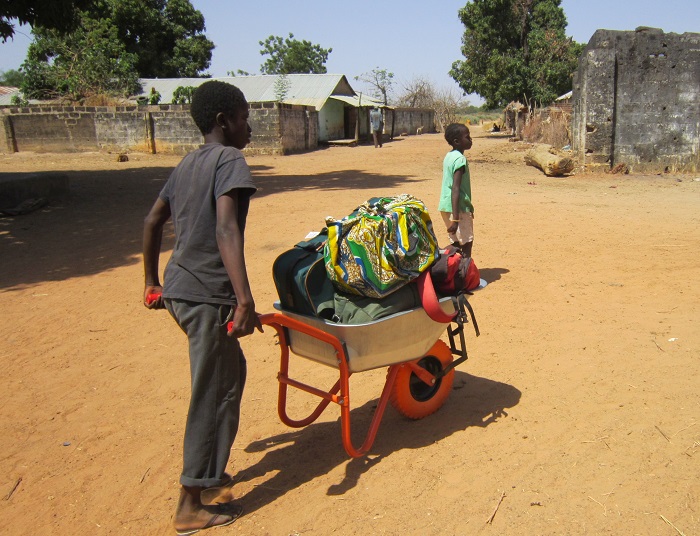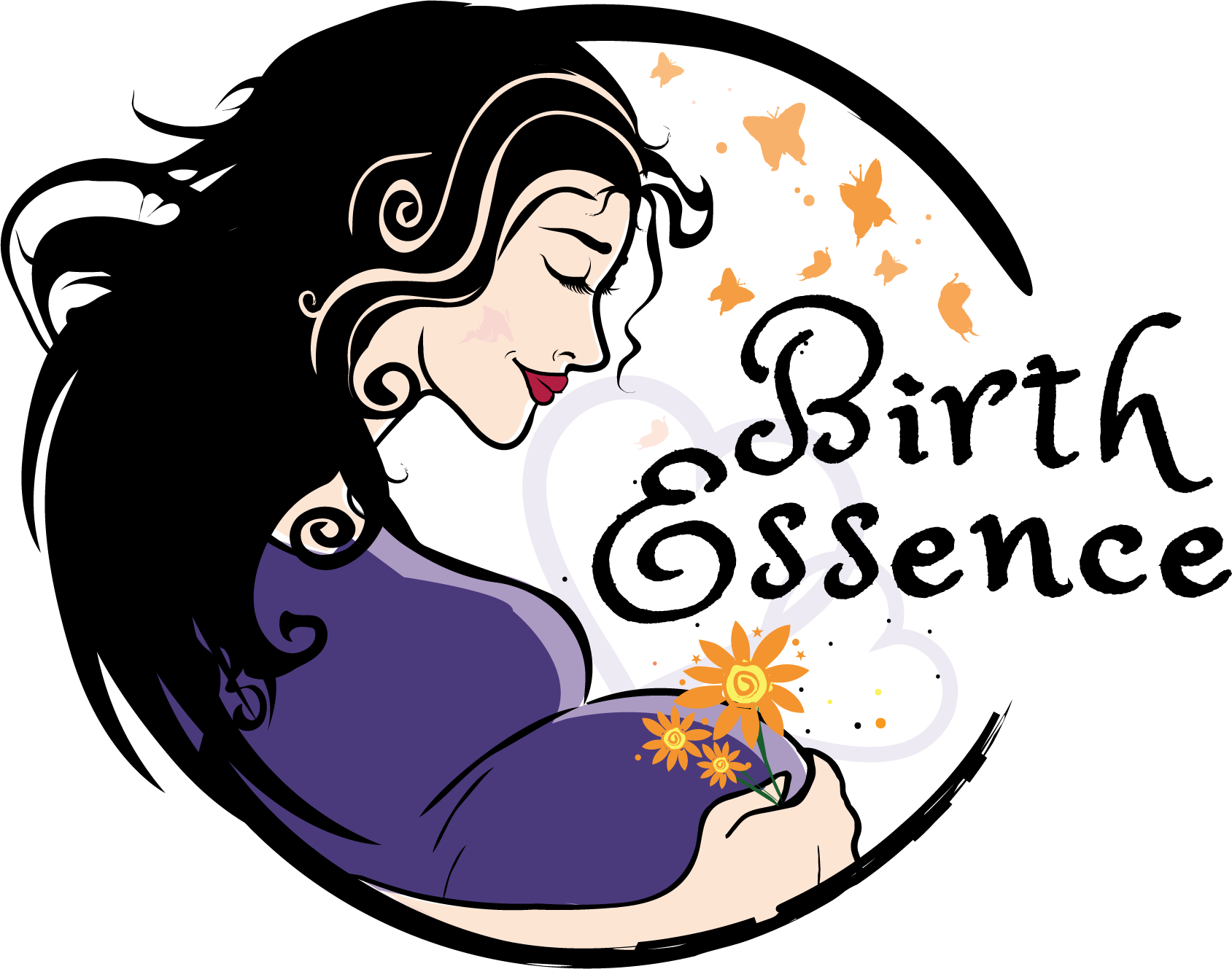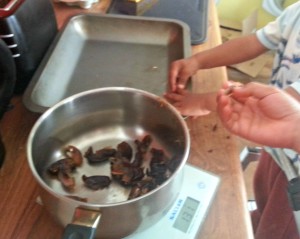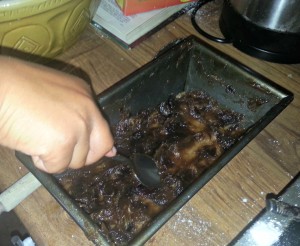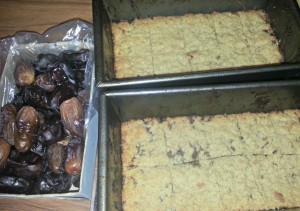Rest is much underrated in our society and is crucial to our health even when we are not pregnant. Our bodies love balance and we need to balance action with rest. It is during rest that our body regenerates and creates new cells. During pregnancy we need more rest as our bodies are working hard behind the scenes to grow our babies. In this post I share a little of my story towards a healthy balance of rest and action and 12 ideas to get more rest in your everyday life.
 In my first pregnancy, luxurious lie-ins with my husband (who works shifts) were the norm. I could stay in bed as long as I liked and especially in the first few months I did. I got plenty of rest.
In my first pregnancy, luxurious lie-ins with my husband (who works shifts) were the norm. I could stay in bed as long as I liked and especially in the first few months I did. I got plenty of rest.
With my second it was a different story. This time I had a toddler to look after and a busier business. A lie in now lasted five minutes until 7.05am. If I was lucky it would be a gentle wake up with soft pat and a sloppy kiss. If I was unlucky it would be feet in the head and shouting in my ears.
My toddler son no longer napped and loved action. Lots of action. I did my best to keep up with the housework, my business and his energy levels but I started to feel more and more tired. I usually pushed on through the tiredness. ‘Pregnancy is not an illness’, I read, and ‘moderate exercise is good’. So I was slightly annoyed when swollen ankles, a sore coccyx, and general lethargy suggested I should rest up. I couldn’t keep up with my pre pregnancy schedule but I felt a subtle fear I may be missing out as life went on as usual for everyone else around me whilst I was feeling exhausted.
I noticed I was not giving myself permission to stop and rest. Instead I was frittering away what spare time I did have with various excuses about what a lot there was to do. . I didn’t want to slow down or rest up in case someone thought I wasn’t coping. I was accidentally going along with a common pattern in our society. One that values multi tasking, working as long as possible during your pregnancy and puts self care pretty low on the list. Particularly if the self care looks like ‘doing nothing’.
I was running just to keep up with the treadmill and had forgotten to appreciate just how much hidden work our bodies are doing as they conceive, grow and then birth our babies. Our bodies do all of this without our conscious input, automatically without us thinking or checking in, ‘oh did you remember to grow that arm?’ But although creating a whole human whilst we carry on with our daily lives happens automatically we and our bodies are not automatons. We are organic systems that need input to get this output. The input I was missing out on was rest. I was looking like the Duracell bunny.
Even when I was looking restful, reading to my son for example. My mind would continue its frenetic hopping fixing planning running. I held tension as I worried about what I hadn’t done that needed doing and tried to balance that with staying awake. I worried what kind of mother I was if I couldn’t even stay awake to read my son a story.
Not useful or kind to myself right?
I couldn’t even see that. I just kept on trying to get everything done so I could finally rest at the end of the day. By which time all I could do was slump in an exhausted funk. I would drop off to sleep with my son carrying the tension with me. Only to wake up the next day still running and feeling like I hadn’t even slept.
Recognising the pattern of running myself into the ground in an attempt to meet everyone else’s needs without considering my own took a while to dawn. But that crucial first step taken the second and third quickly followed. Step 2 for me was the inner work to clear out the hidden issues that were driving the energy draining behaviours that were leading to exhaustion. Step 3 was rebuilding a healthy balanced schedule that included me time. Soon I was up and running again to a completely different and slower tune. Ironically the more I rested, the more energy I had, the more I got done with less effort and the more time I had for me including to rest and the more energy I had for play and so on.
Here are 13 great ideas I picked up along the way on how to incorporate the rest you need into your day without compromising on all the other jobs you have to do.
1 Yoga Nidra. This is my number 1 tip and number 1 rescue remedy. Both prevention and cure it is simply wonderful. If you are new to the practice you are in for a treat. Sometimes referred to as ‘yogic sleep’ it is a simple way of entering a deep restorative, relaxing state. The beauty is that you can do it lying down and although the intent is to remain awake, alert but rested, there is no harm if you do drift off. The quality of accidental sleep during yoga nidra is so different as you will have released tension you were carrying and you awake refreshed. Check out the free resources listed at the end of this blog post.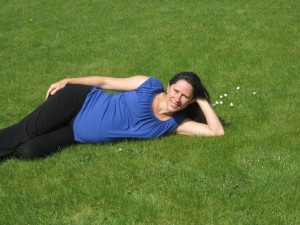
2. Yoga Nidra, Ok so I know this was point 1. But it is so helpful, versatile and transformative that I thought it deserved a mention again, Just to drive the point home. Try it just after you wake up to ease yourself into the day. Just before you go to sleep then drift off gently after. Or any time of day, carve a slot of quiet time out for yourself lie down and off you go. 25 minutes of the deep relaxation reached in the resulting meditative state has been compared to 2 hours of ordinary sleep. So often I would wake after half an hour and feel like I’d had a nights sleep the difference was so striking. It is not called yogic sleep for nothing.
3.Yoga Nidra. Can I really do that? Make it point 3 as well? It really was that good for me. I never got bored, I had a playlist with several different tracks. I sometimes used non yoga nidra guided visualisations and applied the practice to those instead and got great results. To get started I share at the bottom of this post some of my favourites. I also gave it a go with my son as a way of getting him to sleep as I rested next to him. With some tracks as short as ten minutes with others up to half an hour with some imagination you will find so many places and ways of using it in your day.
4. Yoga ni… just kidding. There are ways of resting without having to lie down and sleep. Which of course is not aways possible especially if you ahve an older child. For this tip you definitely want to stay awake. Tip 4. Take a bath – alone, with your kids, with your partner; morning, afternoon, night; before tea, after tea. for the same reasons water is so effective as pain relief in labour it is also great for relaxation whilst pregnant. This is also an opportunity to create an association with the water and a deep relaxation state which is useful if you are planning a water birth. Run the bath, Light some candles and put on a hypnobirthing cd or other beautiful music that you love.
Exhausted with lively kids who aren’t interested in soothing music? Don’t worry and don’t wait till bedtime. Throw away the rule book. This is serious survival. Many an afternoon has been whiled away in the bath in our house. Shrivelled wrinkled feet are a fair price for an hour plus of sitting more or less still. Happy children with minimal effort and extra rest time. Everyone wins. Plus the baby weight is relieved by the buoyancy of the water. There are so many great things about a bath. If you have older children who are too large to fit with you, put them in the bath then see points 1-3 above. Extra tip: Cover the floor with many towels so you can let go of water damage worries.
 5. Take a bath even if you are having a shower. Letting the hot water run over your body feels absolutely wonderful and is way more restful than standing. Watch out for any resistance that shows up as you read this idea. (e.g. I don’t have time, I don’t have a bath, the shower hose is too short.) Usually the objections are groundless or easily resolved – ( you do, sit in the shower, buy a longer one) It is not about the bath itself, it is the sitting and resting. Sometimes the 5 minutes in the shower in the morning is the only me time I am getting for most of the day and I value it strongly. Make those five/ten minutes count. Sit down play some restful music and follow point 6…
5. Take a bath even if you are having a shower. Letting the hot water run over your body feels absolutely wonderful and is way more restful than standing. Watch out for any resistance that shows up as you read this idea. (e.g. I don’t have time, I don’t have a bath, the shower hose is too short.) Usually the objections are groundless or easily resolved – ( you do, sit in the shower, buy a longer one) It is not about the bath itself, it is the sitting and resting. Sometimes the 5 minutes in the shower in the morning is the only me time I am getting for most of the day and I value it strongly. Make those five/ten minutes count. Sit down play some restful music and follow point 6…
6. Take 5 deep breaths. Breathe in through your nose and slowly out through your mouth, Make the out breath longer than the in breath and focus on releasing tension. Use this at any time, especially when points 1-3 are not possible. Try anchoring the practice to activities you do every day such as going to the toilet. Another one of the few times you may get a moment to yourself if you have other children! Use those precious moments well. Try Including your children and make a game of it. You will be teaching them valuable skills for themselves as you model this. This is also something that you can all do to help with strong emotions such as anger giving everyone a chance to calm down and take a more restful approach. Another win for everyone.
7. Extend point 6. Take a breath for each part of your body in turn and blow out the tension from each area on the out breath. When you have gone through your whole body use the next breath to set an intention for your next task. Let your breath carry you through to your next activity. Aim to remain relaxed as you do. So much tiredness is created when we hold tension in muscles that are not required for that job. Use only the muscles that are needed for the task in hand and send the rest on holiday bringing me to point 8.
 8. Go on holiday Yes you heard right, I am recommending a holiday as a top easy tip to incorporate into your every day… Before you dismiss this out of hand as impractical, expensive delusion and hopeless wishful thinking or point out that holidays can be stressful too, hear me out. Holidays are so memorable as they are a break from the routine. We do things differently on holiday. We go to new places, often places we have dreamed about for years. We do things we would never dare or would not give ourselves permission for at home. It is this adventurous carefree mindset that I am suggesting you borrow. Grab it and take a holiday from your regular day. Take a two hour holiday and do something special for you that you wouldn’t normally. Imagine you are on your dream holiday. What would you treat yourself to? Go ahead and find a way to do that for yourself today or tomorrow. Go to a spa, Book a massage. Really indulge yourself, Go
8. Go on holiday Yes you heard right, I am recommending a holiday as a top easy tip to incorporate into your every day… Before you dismiss this out of hand as impractical, expensive delusion and hopeless wishful thinking or point out that holidays can be stressful too, hear me out. Holidays are so memorable as they are a break from the routine. We do things differently on holiday. We go to new places, often places we have dreamed about for years. We do things we would never dare or would not give ourselves permission for at home. It is this adventurous carefree mindset that I am suggesting you borrow. Grab it and take a holiday from your regular day. Take a two hour holiday and do something special for you that you wouldn’t normally. Imagine you are on your dream holiday. What would you treat yourself to? Go ahead and find a way to do that for yourself today or tomorrow. Go to a spa, Book a massage. Really indulge yourself, Go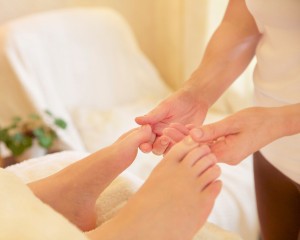 on , you deserve it, your body and your baby will love it too.
on , you deserve it, your body and your baby will love it too.
9. Get support. Don’t be afraid to ask for help. You may need some childcare while you go on ‘holiday.’ Perhaps you are getting nesting instincts and it feels imperative to deep clean the whole house but the idea feels overwhelming. Perhaps it’s just the everyday housework and you can’t face hovering up for the third time that day. Don’t be afraid to ask for help. It is not a sign of weakness but of strength and honouring of the mother that you are and the amazing body that is growing your baby. Ask for help then accept it and enjoy yourself.
10. Get creative and make it fun. Think outside the box as you look for ways to relax and incorporate point 8 and 9 as you do. Throw a house cleaning party with a potluck dinner to share. You are then in charge of delegating all the tasks from your armchair/ sunlounger as you sip your holiday cocktail…
11. Make it even more fun. Laughter is the best medicine so the saying goes and it certainly knows how to release tension. Everything feels better with a good bout of laughter, so much so that there are entire therapies devoted to the practice. Get some friends together and play some comedy films. ( Steer clear of comedy films about birth, they are usually awfully inaccurate and dramatic) Tell each other jokes. Make funny faces at your children, spouse, or yourself at the mirror and laugh until you cry.
12. Take a tea break. Buy some special luxurious herbal tea bags just for you. Sip slowly and i ndulgently and mindfully. Feel the nutrients being absorbed into your body. Enjoy the warmth soothing your throat. Switch off from the world and put your feet up for the time it takes to drink your cup. This is another one you can involve the children if you can’t get away. My children love sipping ‘tea’ from a teaspoon from their own cup. (often honey and lemon in water or mint tea)I don’t know why a teaspoon but it takes ages so extra minutes for me to rest.
ndulgently and mindfully. Feel the nutrients being absorbed into your body. Enjoy the warmth soothing your throat. Switch off from the world and put your feet up for the time it takes to drink your cup. This is another one you can involve the children if you can’t get away. My children love sipping ‘tea’ from a teaspoon from their own cup. (often honey and lemon in water or mint tea)I don’t know why a teaspoon but it takes ages so extra minutes for me to rest.
13. Finally back to the holiday theme. What do you think of when you imagine your perfect holiday? Relaxing by the beach? Soaking up the warm sunshine? We often have deep positive associations even with just the word. Check in how you feel as you say the word holiday and notice how it affects your mood if you imagine you are on holiday. Our brain sends out the same signals as it does when we are actually experiencing the holiday for real and we benefit from the flow of feel good hormones which are just the same ones that you want to have flowing for a smooth labour,
So now that summer is over and the rain seems determined to make us forget what the sun looks like and if escape on a real winter sun holiday is not an option for you, what do you do?
Well combining a few of the above tips I would recreate my own holiday retreat from my own home following the instructions of Nicole Harlow in this post. In fact I am so inspired by her description of how she transforms her winter apartment to the beach in summer I am shortly off to crank up the heating and get out my beach mat.
What if your dream holiday is skiing and winter snow? Actually It doesn’t matter what your dream h oliday is. Whatever it is, take those elements that you love the most and find a way to recreate them. Want a chilly autumn holiday? Turn off your heating, leave the doors and windows open then cocoon yourself in front of a fire in your sleeping bag toasting marshmallows and cooking sausages on a stick. Wish you were up the mountains skiing. Put your skiing out fit on inside the sleeping bag, make homemade snowflakes to hang round the room, play some snow action films and follow point 10 without caring how ridiculous you look. Older kids will love the idea and join in enthusiastically and come up with even better ideas. Feeling social? Invite friends round and bring out the inner child in us all.
oliday is. Whatever it is, take those elements that you love the most and find a way to recreate them. Want a chilly autumn holiday? Turn off your heating, leave the doors and windows open then cocoon yourself in front of a fire in your sleeping bag toasting marshmallows and cooking sausages on a stick. Wish you were up the mountains skiing. Put your skiing out fit on inside the sleeping bag, make homemade snowflakes to hang round the room, play some snow action films and follow point 10 without caring how ridiculous you look. Older kids will love the idea and join in enthusiastically and come up with even better ideas. Feeling social? Invite friends round and bring out the inner child in us all.
A quick summary:
We need rest and lots more than we usually give ourselves in our fast paced society. Rest is underrated and neglected but we can easily build it back into our lives and have a lot of fun as we do. Give yourself permission and get creative. Once you start the opportunities and ideas come flooding. Build those ideas into what you are already doing each day as I talked about in Part 1.
Those extra moments of rest although they may seem short will very quickly make a difference to your energy levels. As a mother of two rambunctious gorgeous boys with never ending energy who I have had a steep learning curve over the last five years on how to look after myself with enough rest. I would love to hear how you find these tips.
What is your favourite? Do you have any great tips of your own to share?
I will be your willing guinea pig to try them out so let me know in the comments or on facebook page.
Here are some links to some of the Yoga Nidra Tracks I used:
A Yoga Nidra to release resistance by Samantha Nolan Smith
A ten minute track Radical Love 10 by Nicole Harlow
A Yoga Nidra information site with many free downloadable tracks
Another free resource by the Journey relaxing and healing- 3 guided visualisations *
Photo Credit: foot massage photograph is by Margaret Klepacka of DarSan Photography
*Affiliate Link

